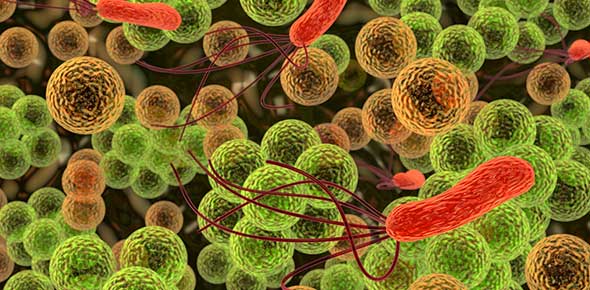Related Flashcards
Related Topics
Cards In This Set
| Front | Back |
|
Ingestion
|
Place food in the mouth. Taking food into the body.
|
|
Mechanical Processing
|
Chewing
|
|
Digestion
|
Is the breakdown of large food items into smaller molecules
|
|
What are the two types of digestion
|
Mechanical digestion and Chemical digestion
Mechanical- chewing
Chemical- breakdown by using enzymes
|
|
What are the functions of the Digestive system?
|
Ingestion
Mechanical processing
Digestion
Secretion
Absorption
compaction
Elimination
|
|
Absorption
|
Starts in the the small intestine
|
|
Compaction
|
Undigested food becomes compacted
|
|
What is a oral cavity?
|
The stomach
|
|
Secretion
|
Is the process by which you are producing and releasing mucin or fluids such as acid, bile and digestive enzymes.
- it is both chemical and Mechachical
|
|
Properties of the Gi tract
|
 - A hollow tube- 25 ft long (7.5meters) long -changes shape - several glands secrete into tube - it devides into an upper and a lower GI tract |
|
Digestive system def:
|
Is composed of the GI tract and accessory digestive orgnas that assit the GI tract in the process of digestion.
|
|
Where does the GI tract start and End?
|
It starts at the mouth and ends at the Anus
|
|
Oral Cavity
|
 Receives food and begins digestion by mechanically breaking up the solid food particles into smaller pieces and mixing them with saliva. |
|
Parts of the Oral Cavity:
|
1. Plate
2. Tongue
3. Vestibule
4. Teeth
5. Frenulum
6. Salivary ducts
|
|
Adult teeth:
|
 Central incisor (7-8yrs) Canine (11-12yrs) 1st premolar (10-11yrs) -1st molar (6-7yrs) -2nd moler (12-13yrs) -3rd moler (17-25yrs) |







